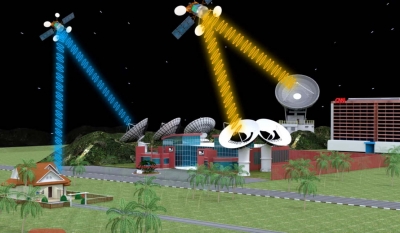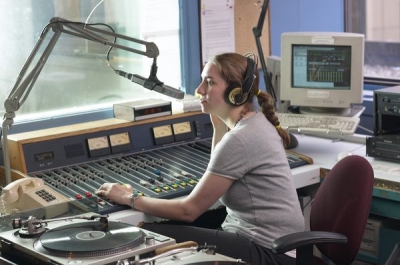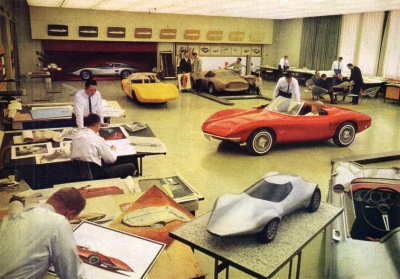
Have you ever tried to switch channels on TV when someone stood in the way? Nothing happened. Why not? The transmission of the signal was blocked. The signal from the remote control hit someone’s body instead of the TV.
Remote means “far away”. When you use the remote control, you are controlling the TV from a distance. The remote control uses an invisible type of light called infrared light to send a signal to a receiver on the TV.
The buttons on your remote control send different codes to the TV. The code consists of long and short flashes of infrared light. When you press a button, the remote control sends the code for that button to the receiver in the TV. The TV “sees” the signal and carries out the command.
Some toy cars use a radio remote control to guide their movements. Turning knobs or moving levers sends a signal to the car to go forwards or backwards, or turn left or right. A garage door opener uses a radio wave to send its signal. Different openers have different frequencies so that you won’t open your neighbour’s garage door by mistake.
Picture Credit : Google










